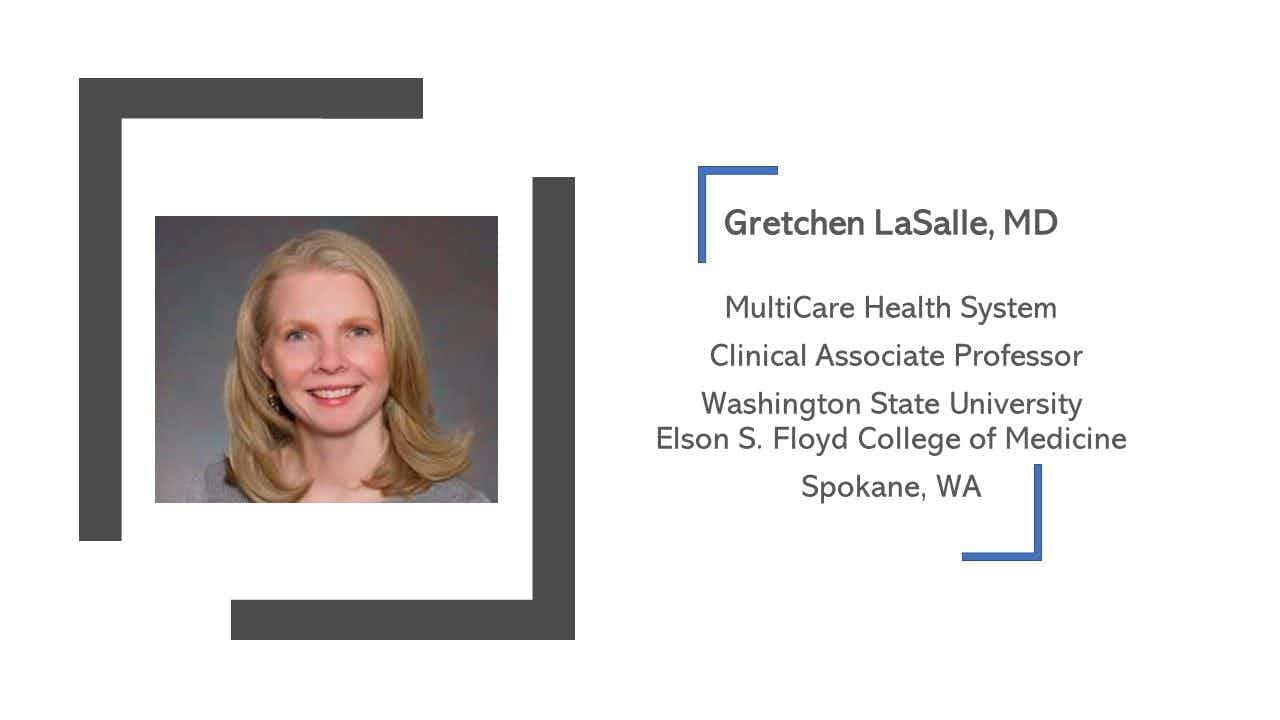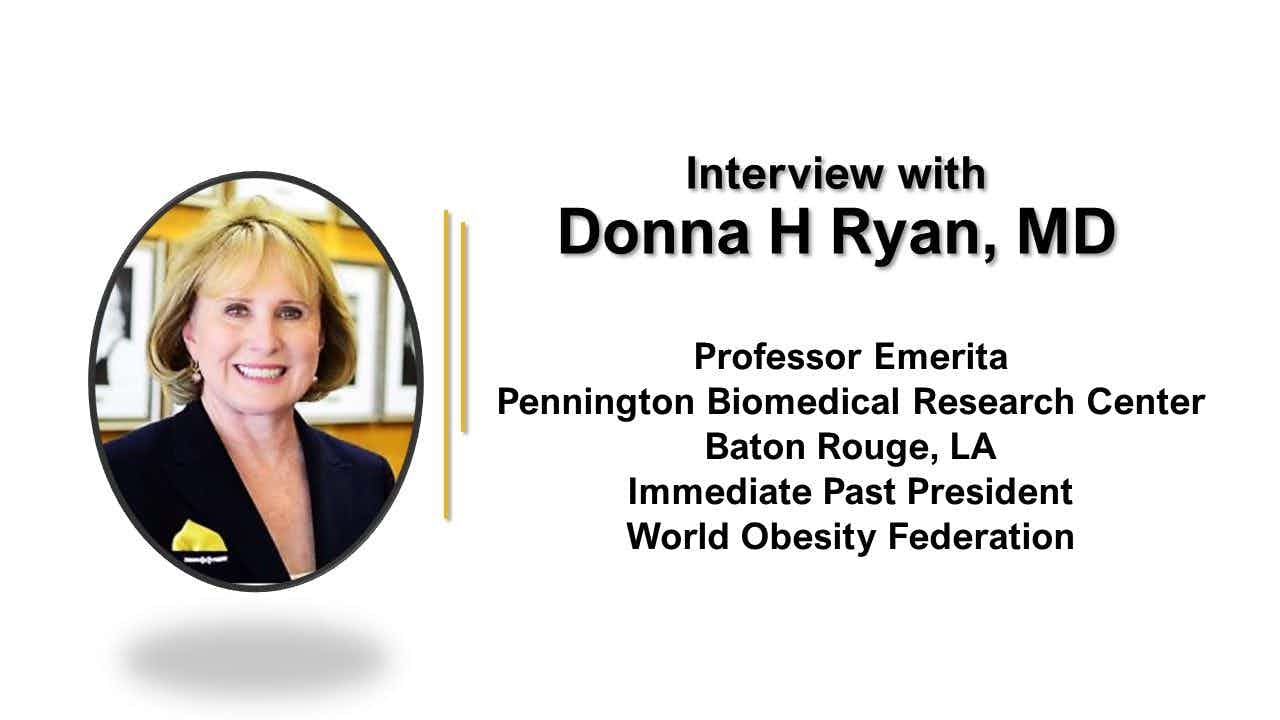Many Practices Open Doors, Many Unknowns Remain
A majority of group practices are seeing patients in person again as questions on safety, PPE supplies, and patient fears continue.
©oatawa/stock.adobe.com

When asked "Have you reopened your practice to patients in person," 89% of more than 1000 practice leaders surveyed responsded "yes."
The survey was conducted by the Medical Group Management Association (MGMA) on May 8, 2020.
Among multiprovider practices that have reopened, more than half (54%) said that all of their clinicians are again seeing patients in person; 29% of these practices indicated that the majority of providers are making onsite appointments.
Many practices with 50% of normal provider capacity noted that providers are alternating weeks spent in the office and keeping scheduled appointments to half that of pre-COVID-19 levels. Respondents note also that patient loads are still much lower than pre-pandemic norms.
While doors have been opened and fact-to-face visits resumed at some level, many of the practice leaders surveyed report that their clinicians are still handling appointments via telehealth, ie, virtual or telephone visits, and that clinic throughput remains much lower.
Will the patients come?
The pace of return to in-person medical care may depend significantly on patient readiness and willingness to visit a clinical setting again. A patient education effort will need to be built into re-opening strategies to help minimize the number of patients foregoing routine and necessary care and the potential negative outcomes from deferred attention during the crisis to important health issues.
A May 1-4 COVID-19 primary care survey from the Primary Care Collaborative underscores the concerns for patients putting off visits to the doctor:
- More than 60% believe some patients will have avoidable illness due to deferred care.
- About 56% believe primary care clinics will be overwhelmed by a backlog of health needs.
- About 74% expect an increase in patients with mental health needs.
Another MGMA poll, conducted May 5, with 602 applicable answers, identified the top 3 challenges to reopening a practice as shelter-in-place orders are lifted:
Developing safety protocols in the office and ensuring appropriate supplies. New protocols will need to cover staff and patients and ensure social distancing can be maintained as patient volume rebounds; adequate supplies of PPE and cleaning supplies are required for even limited operations.
Unpredictable patient volumes. Two burdens face practices as reopening commences: the demand for patients to come back to clinical settings and patient reluctance to make appointments. Patient levels have been unpredictable which makes it hard to staff appropriately.
Managing patient and staff fears of exposure. Concerns include providers not agreeing on when to reopen, employees wanting to continue working from home, and concerns about infection risk and a lack of adequate testing kits and PPE.
_______________________________________________







